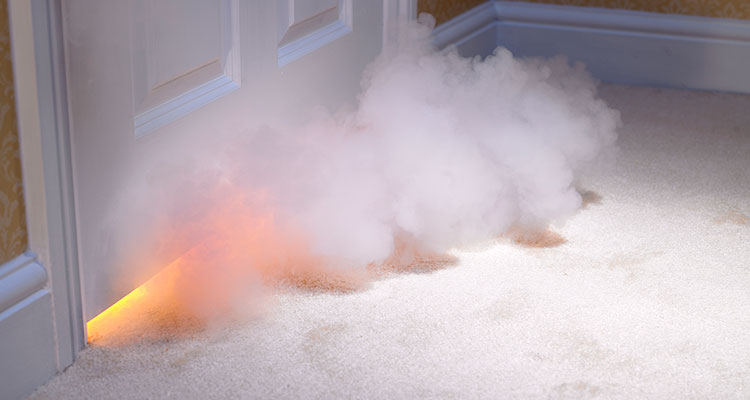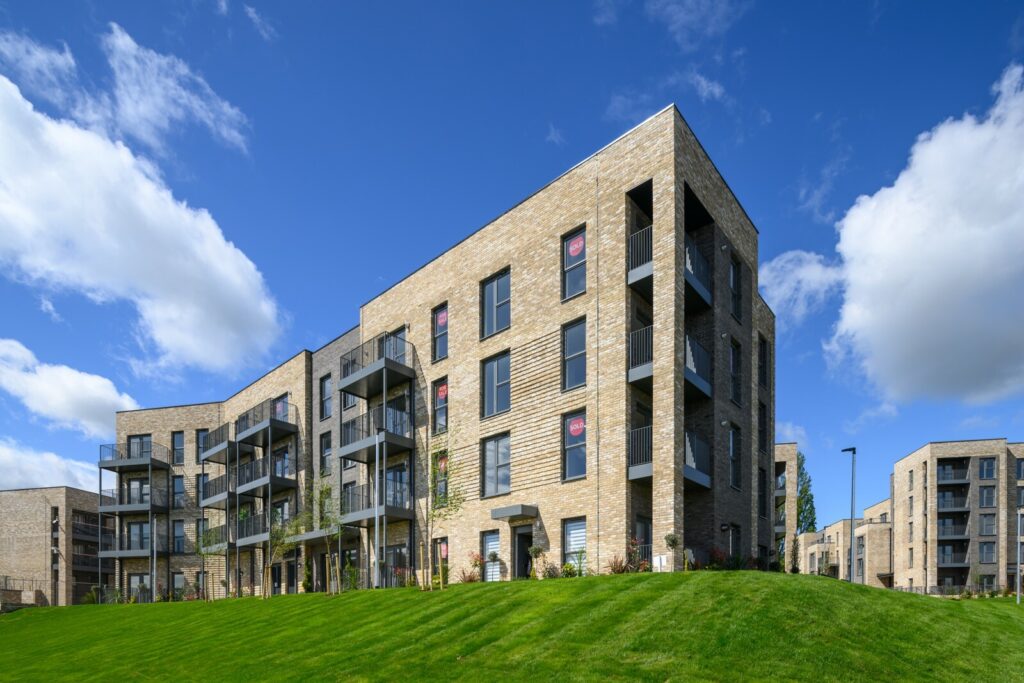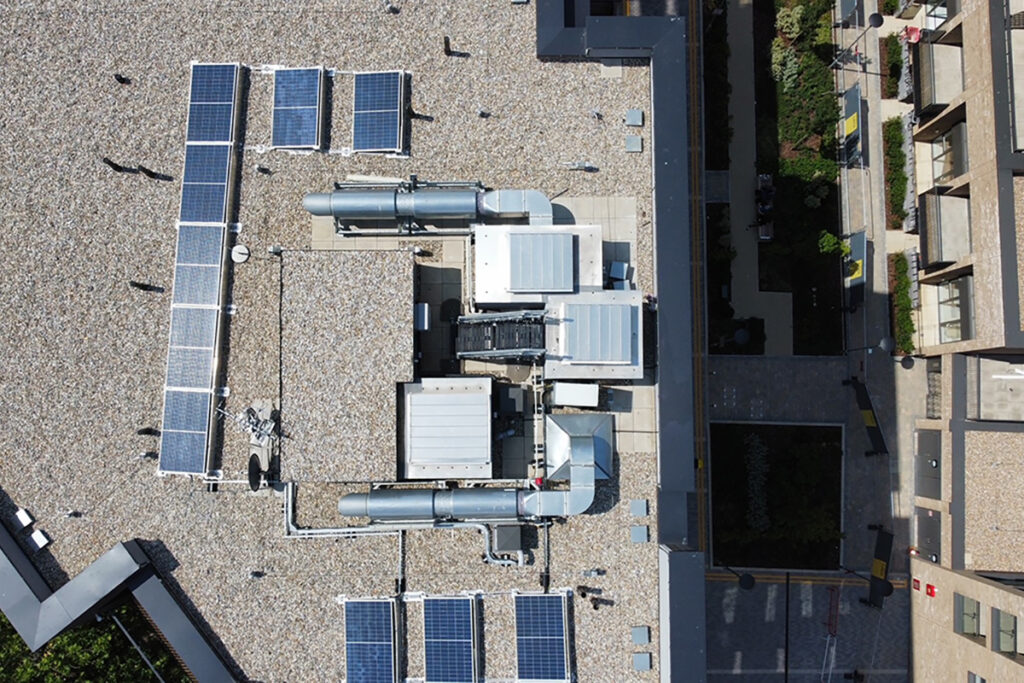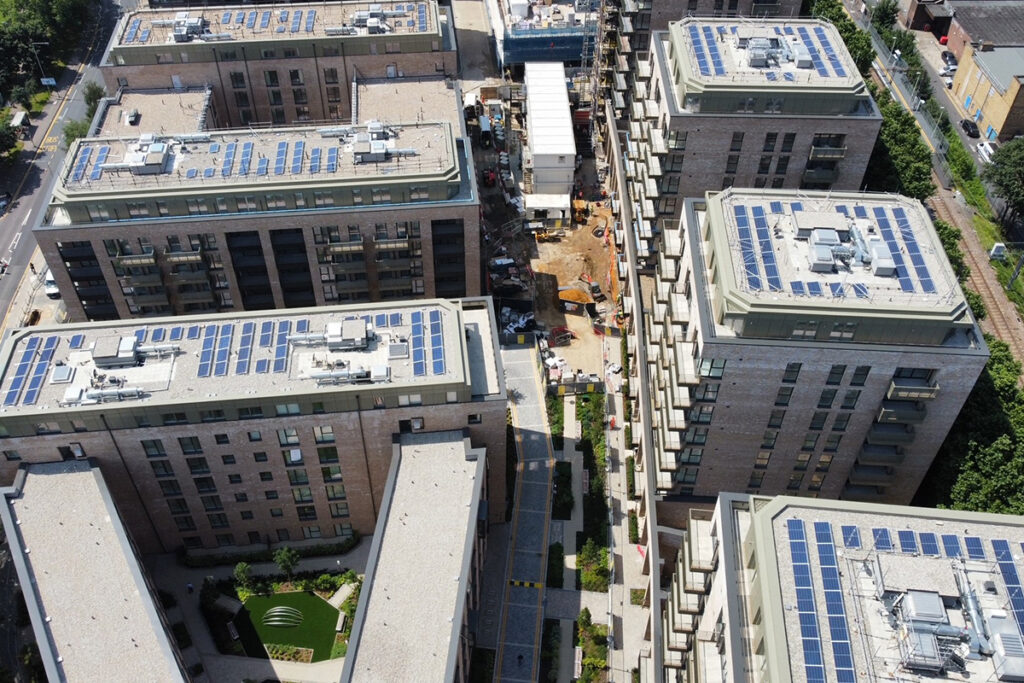When it comes to specifying, installing and maintaining fire systems, it is important to remember the purpose and importance of smoke control. This mini-guide looks at the options and professional support available when it comes to smoke control specifications.
What is smoke control and why use it?
Essentially, smoke control is about redirecting and removing dangerous smoke and fumes from a building in the event of a fire. Keeping smoke away from escape and access routes, such as corridors and staircases, prevents occupants from succumbing to the potentially fatal effects of smoke, helps them to get out and assists time-critical access for the fire-fighting services.
The safety of the people in the building is the priority but a well-designed smoke control system also delays or prevents a smaller fire in its early stages from becoming a bigger one. Furthermore, it can reduce the risk of damage to the building as well as the property and contents inside it.
What determines which smoke control system to specify?
A building’s design will often determine which Smoke Control system is most appropriate. For residential buildings, for example, the British Standard (BS) requirements vary depending on a building’s height and the distance from the furthest apartment entrance door to the nearest escape route.
These requirements state that in residential buildings that stand four storeys or more in height (i.e. contain a floor over 11m from the access level), maximum travel distances of 7.5m are permitted. To achieve code compliance the corridor should be provided with either a 1.5m² automatic opening vent (AOV) window or a 1.5m² natural smoke shaft to provide a safe, protected escape route for a building’s occupants by safeguarding its staircases from smoke ingress.
What is a mechanical smoke ventilation system?
Powered smoke ventilation systems or Mechanical Smoke Ventilation Systems (MSVS) are based on mechanical extraction through fans and comprise a mechanical extract shaft that serves the common corridor and/ or lobby.
When smoke is detected within a protected lobby, only the fire damper to the smoke shaft on the fire floor will open – all other dampers will remain locked shut.
In turn, the vent at the head of the staircase will open allowing the smoke to be removed and make up air for the smoke extraction system. The fan at the top of the mechanical smoke shaft extracts the smoke and prevents its migration into the adjacent compartments.
Download our FREE PDF Guide to Smoke Ventilation in Residential Developments
Why install a mechanical smoke ventilation system?
There can be distinct advantages to installing a mechanical smoke ventilation system in place of a natural one, a technique which is permitted under British Standard 9991:2011, which guides fire safety in the design of residential buildings.
– Substantial space-saving benefits, creating more saleable space
The standard states that mechanical smoke shaft systems can be used, provided they offer equivalent performance to their 1.5m² natural counterparts. Due to the greater efficiency of mechanical systems, this can enable the use of shafts as small as 0.25m² in some circumstances, although typically these are 0.5m² or 0.6m², providing substantial space-saving benefits over natural systems, creating more saleable space within a property.
– Suitable where common corridor travel distances extend over 7.5m
Protecting the building’s staircase, these systems can also be implemented in buildings that contain travel distances in the common corridor that extend over the code recommended 7.5m. This is because they offer greater performance for means of escape, assisting in clearing smoke from the building’s common corridors, mitigating this non-compliance.

What is a natural smoke ventilation system?
In the event of a fire, Natural Smoke Ventilation System open airways, using natural airflow dynamics to remove smoke.
A natural smoke ventilation system can be designed using opening windows or vents, an automatic opening vent (AOV) or, where there is no external wall, a vertical smoke shaft.
Why choose a natural smoke ventilation system?
If the property’s common corridor has an external wall, natural smoke ventilation systems are a particularly cost-effective method of achieving compliance as existing windows can be used for this purpose.
– Aesthetic, space, maintenance and cost-efficiency
Whilst remaining sympathetic to the architect’s aesthetic vision, as well as offering maximum floor space efficiency and cost savings, natural systems also offer the advantage of easy maintenance due to the small number of mechanical parts included, often simply consisting of fire doors and an actuator.
This lack of required maintenance makes the natural systems ideal for use in multi-occupancy properties where maintenance budgets are limited, or where systems may be vandalised.
Why is it important to enlist specialist support when it comes to smoke control specifications?
Achieving the right level of smoke control using the correct systems can be a complex and challenging task. Although developers, architects and contractors are all aiming for the common goal of achieving the best smoke control solutions, each discipline has slightly different priorities.
For developers, it’s a case of fulfilling fire safety obligations whilst maintaining a commercial approach. Architects and fire consultants look beyond the industry standards to introduce those more innovative fire safety solutions whilst fitting spatial, aesthetic and budget requirements. For contractors, whilst of course being mindful of time and cost, it’s about making sure the systems being installed and maintained are fit for purpose.
By working with experienced fire engineers from a project’s early stages, the most suitable system, or combination of systems can be selected, forming a bespoke solution which produces the best possible result for the individual property in question satisfying everyone’s needs. But, especially those of the building’s occupants.
 hbspt.cta.load(4384324, ’91f082f6-eff6-4591-a184-cf2f62d44e10′, {});
hbspt.cta.load(4384324, ’91f082f6-eff6-4591-a184-cf2f62d44e10′, {});
To ensure your project meets fire safety standards call FDS at +44 (0) 1322 387411 or email info@firedesignsolutions.com







